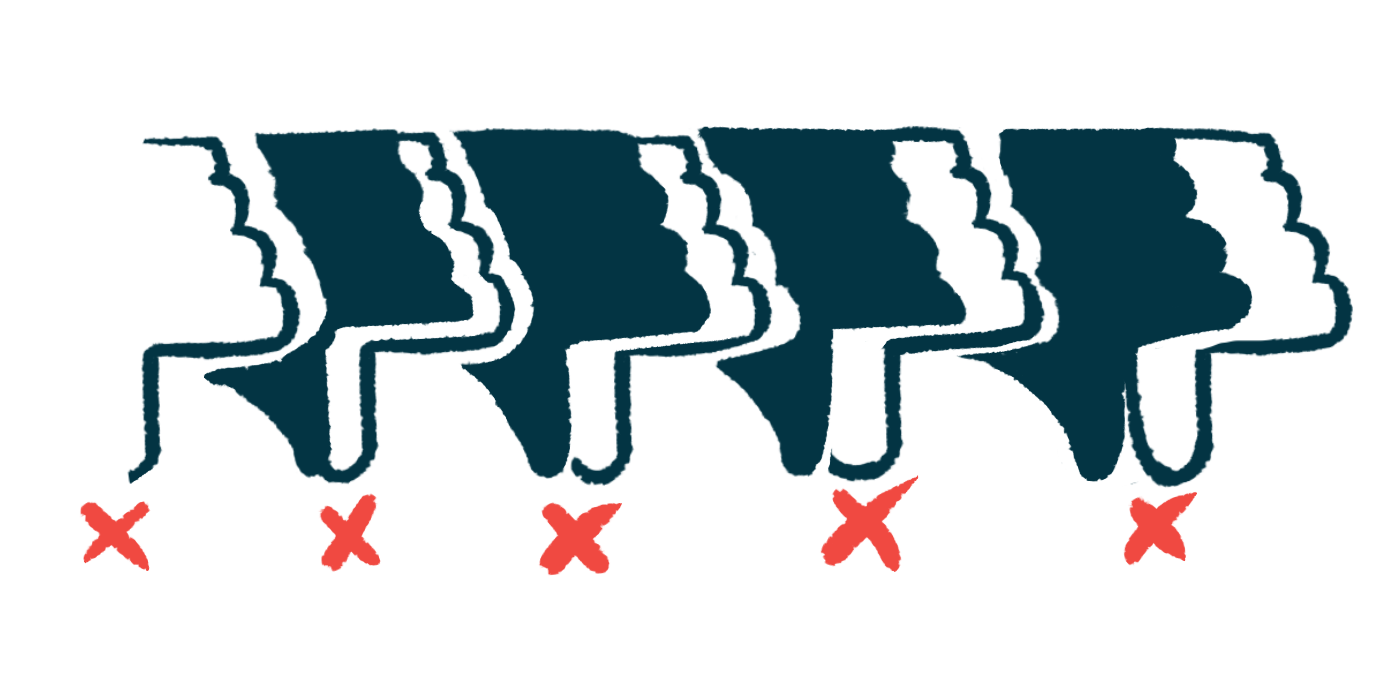Regenxbio halts gene therapy programs for late infantile Batten
Company cites changing global economic market as it looks for new partners
Written by |

Regenxbio will not move forward with the development of RGX-181 and RGX-381, gene therapy candidates for the treatment of late infantile Batten disease and its ocular (eye) manifestations.
Clinical studies were ongoing in Brazil and the U.K. The few patients who have already received a one-time dose of RGX-181 or RGX-381 will continue to be monitored, and their families have been contacted and told about the decision to halt the two programs, according to the company.
“As collaborative patient advocacy groups who together are working to support, advocate, and raise funds for research for our Batten disease communities worldwide, we are heartbroken over this decision,” the BDSRA Foundation wrote in a joint statement with BDSRA Australia, BDSRA Canada, and Život.
The decision came as part of the company’s restructuring strategy in the face of a changing global economic market that has been negatively affecting the biotechnology sector, Regenxbio disclosed in its third-quarter earnings report.
The company now is looking for partnering opportunities to continue the two clinical-stage gene-therapy programs.
“We believe that gene therapy has the potential to impact the course of Batten disease and we are committed to pursuing alternative paths forward for our Batten programs, including finding a potential partner,” Ken Mills, Regenxbio’s president and CEO, said in a letter to the Batten community.
Late infantile Batten disease, also known as CLN2 disease, most often is caused by mutations in TPP1, a gene that provides instructions for making an enzyme of the same name. This enzyme is found in lysosomes, where it breaks down proteins into their building blocks.
The mutations result in a faulty or missing TPP1 enzyme, causing proteins to build up in lysosomes within cells. Nerve cells seem to be particularly vulnerable to the effects of this accumulation, leading to the symptoms of late infantile Batten disease.
RGX-181 was designed to fit a working copy of TTP1 aboard an adeno-associated virus (AAV) vector, called NAV AAV9, for direct delivery into the brain and spinal cord. A one-time dose is expected to provide a durable source of TPP1, thereby easing symptoms and slowing disease progression.
The gene therapy was given as part of a single-patient study in Brazil. The patient, a 5-year-old, experienced a more than 80% reduction in seizure count over the six months following a one-time dose. No serious side effects were reported.
A similar gene therapy, RGX-381, was designed to deliver a working copy of TTP1 directly to the retina, a thin layer of tissue located at the back of the eye that plays a crucial role in the process of vision.
Phase 1/2 study in the United Kingdom
A first patient was dosed recently in the U.K. as part of a Phase 1/2 study (NCT05791864) testing RGX-381 to treat ocular manifestations, which often progress to vision loss or blindness.
“We wish to assure you that we are committed to working with Regenxbio and their potential partners to ensure these programs advance,” the nonprofits wrote in the joint statement to the Batten community.





